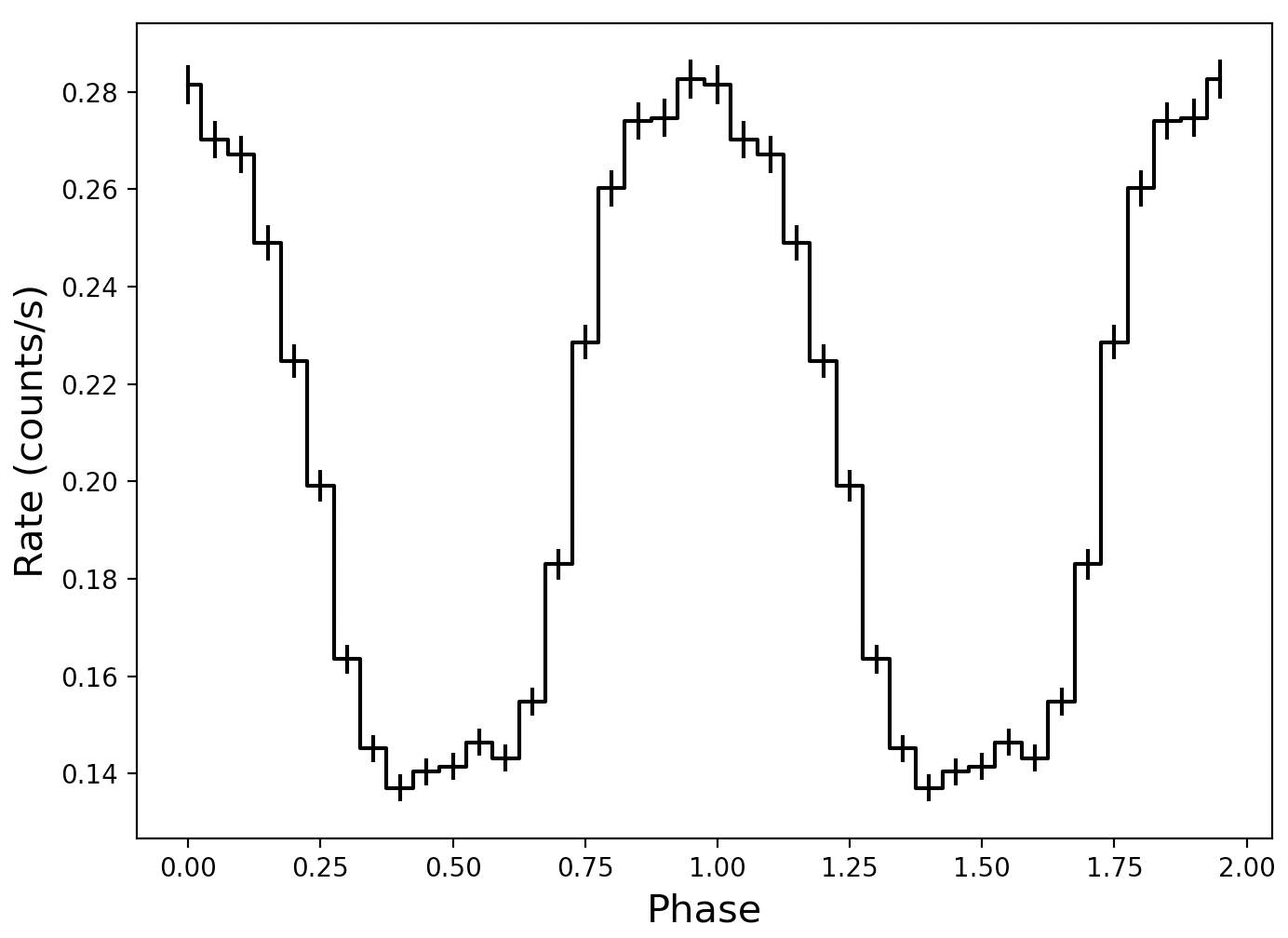NICER / ISS Science Nugget
for June 10, 2021
A new magnetar, Swift J1555.2-5402, confirmed and monitored with NICER
On June 3, NASA's Neil Gehrels Swift observatory detected a millisecond-duration burst of hard X-rays from the inner regions of our Milky Way galaxy. Immediately, the satellite reoriented itself to observe this source, Swift J1555.2, with its X-ray Telescope and derived an accurate position on the sky. Given the burst's properties and its location within the Galactic plane, the event strongly suggested the appearance of a previously unknown "magnetar," a neutron star with an exceedingly strong magnetic field, of which less than two dozen are currently known.
This discovery was reported to the Gamma-ray Burst Coordinates Network (GCN), used to disseminate information about transient phenomena to a broad community of astronomers. Within 15 minutes of this notification (GCN 30120), NICER received multiple requests for target-of-opportunity (ToO) observations of this new candidate magnetar. The very first NICER observation revealed a 3.86-sec periodicity (GCN 30121, 30126), corresponding to the stellar rotation period and further reinforcing the identification of the Swift source as a magnetar. The pulsation intensity profile, or "light curve," is shown in the accompanying figure. Intensive follow-on monitoring with NICER has provided a measurement of the pulse period's rate of change - i.e., the slowing of the star's spin - which is consistent with those of other known magnetars and with a strong magnetic field (approx. 3×1014 Gauss), cementing the identification of J1555.2 as a newly discovered magnetar. These results were published through Astronomer's Telegrams #14674 and #14684.
When magnetars become active during outbursts, which gradually fade over several months, many interesting things occur, including short-duration bursts of X-rays, possible radio emission, and brightening in hard X-rays or gamma-rays. NICER continues to observe J1555.2 in collaboration with NASA's NuSTAR telescope and Deep Space Network radio observations to characterize the behavior of Swift J1555.2.

Figure: Time-averaged pulse profile of Swift J1555.2-5402 in the 2-8 keV range of photon energies, using the best-fit pulse timing solution to date, plotted over 2 rotation cycles for clarity.
<< Previous
Main Index
Next >>